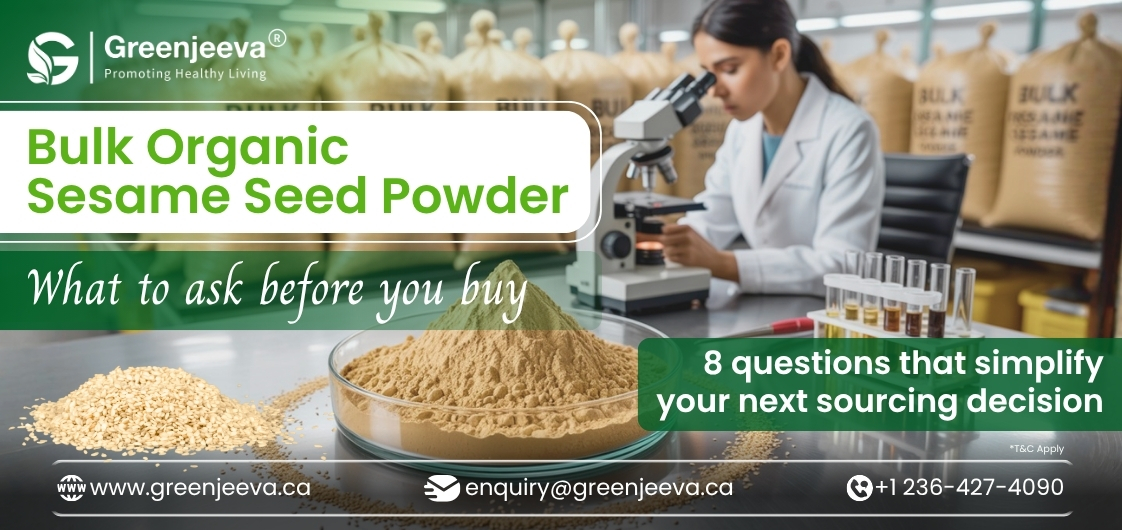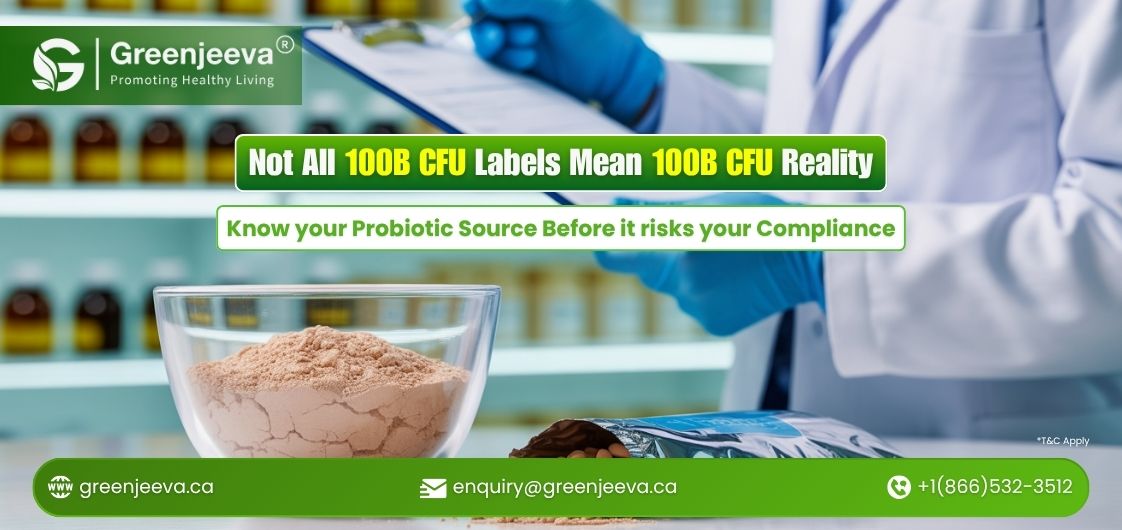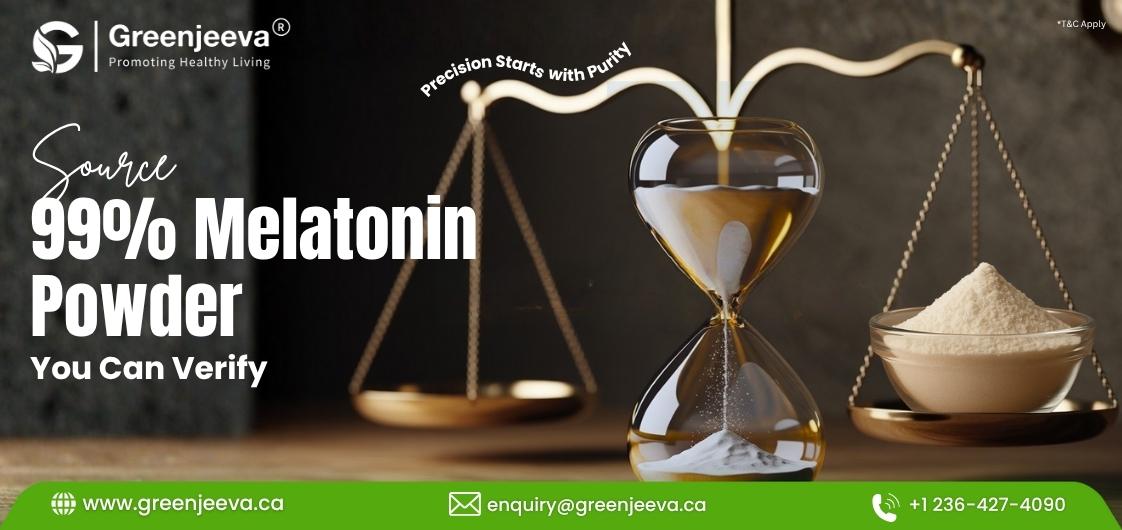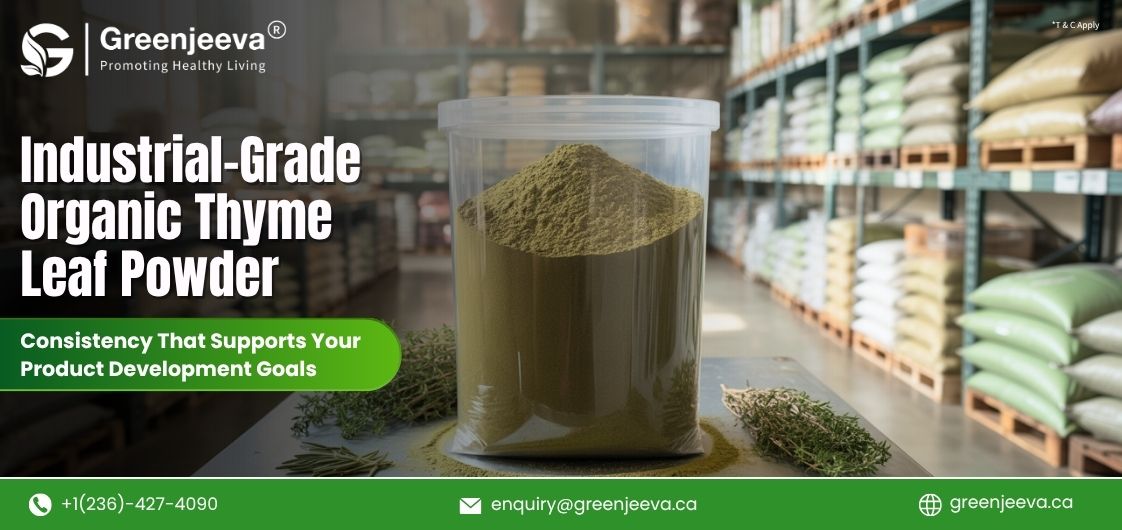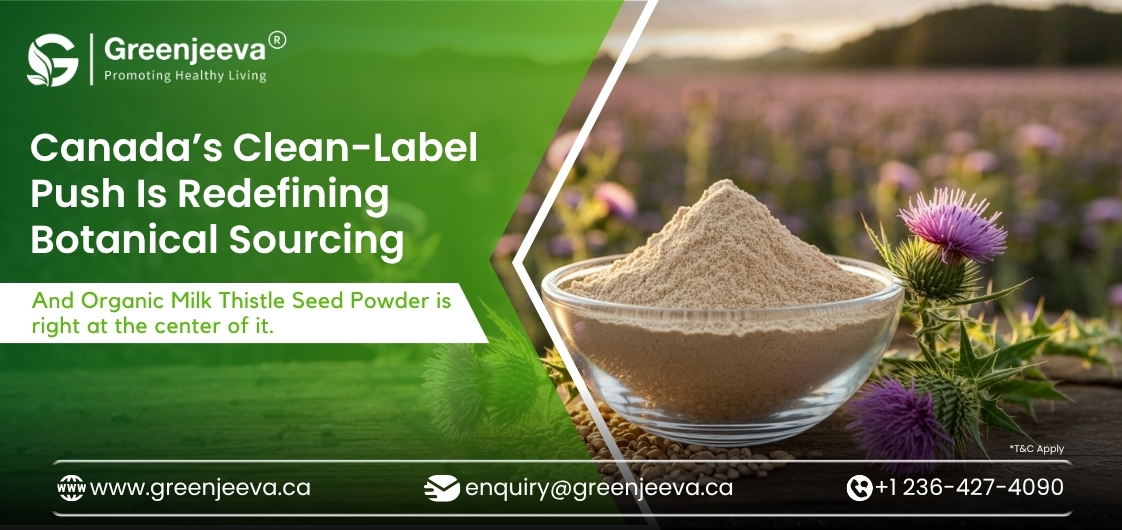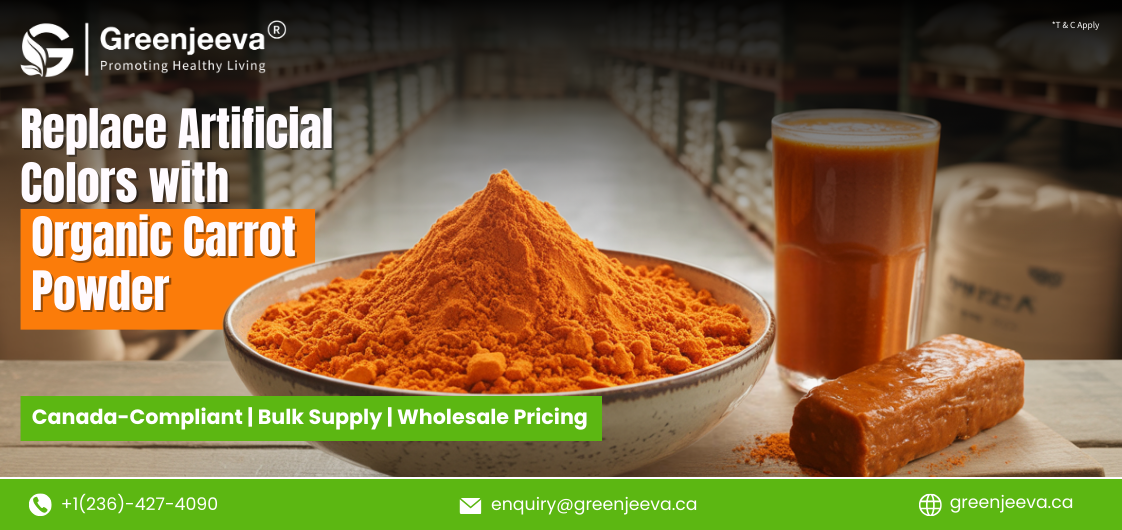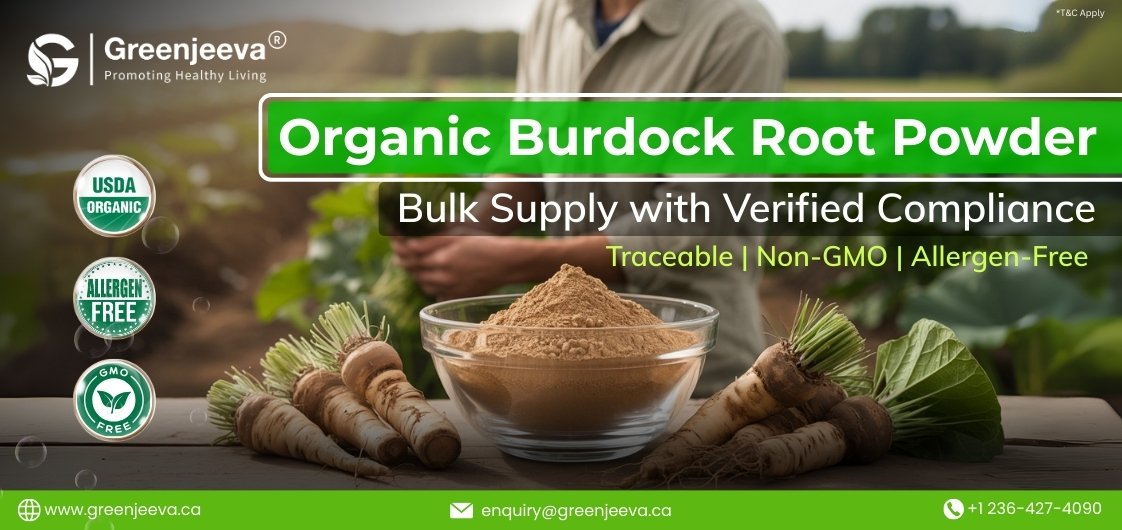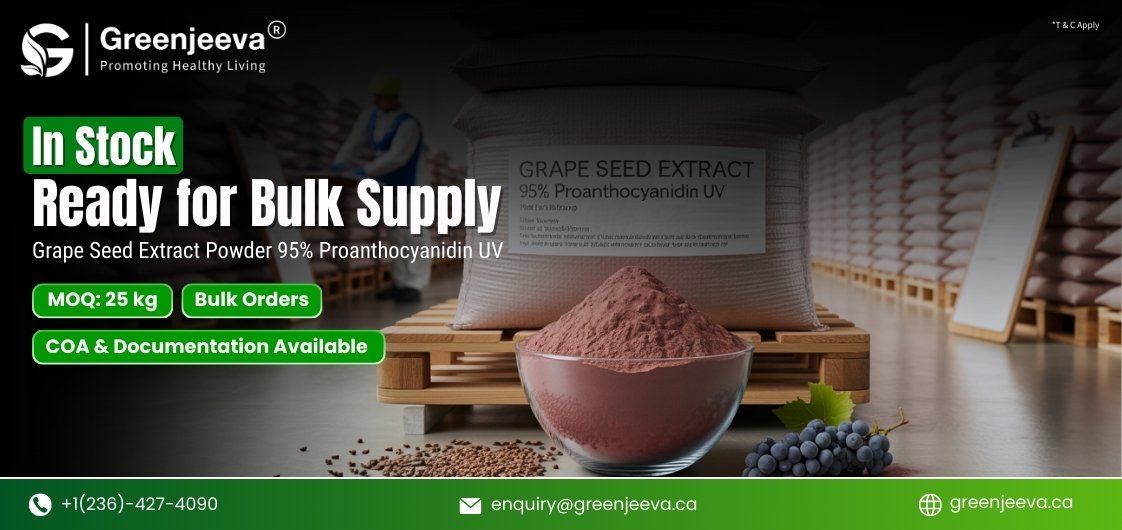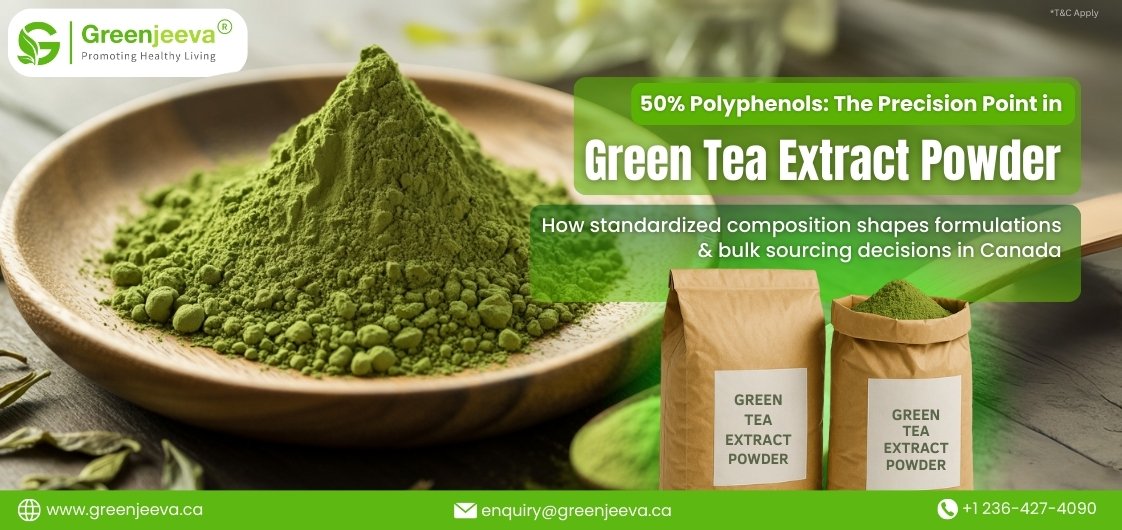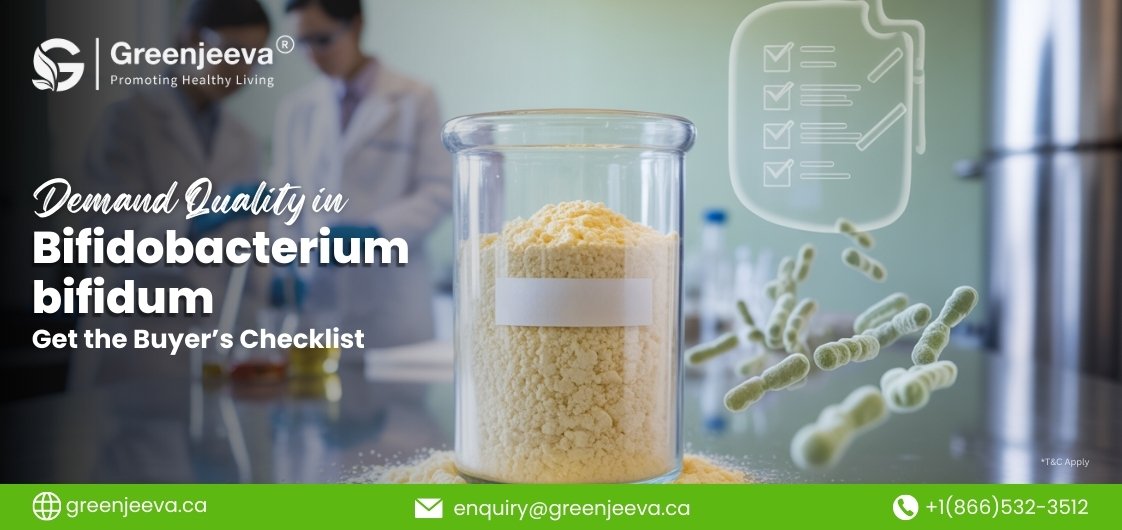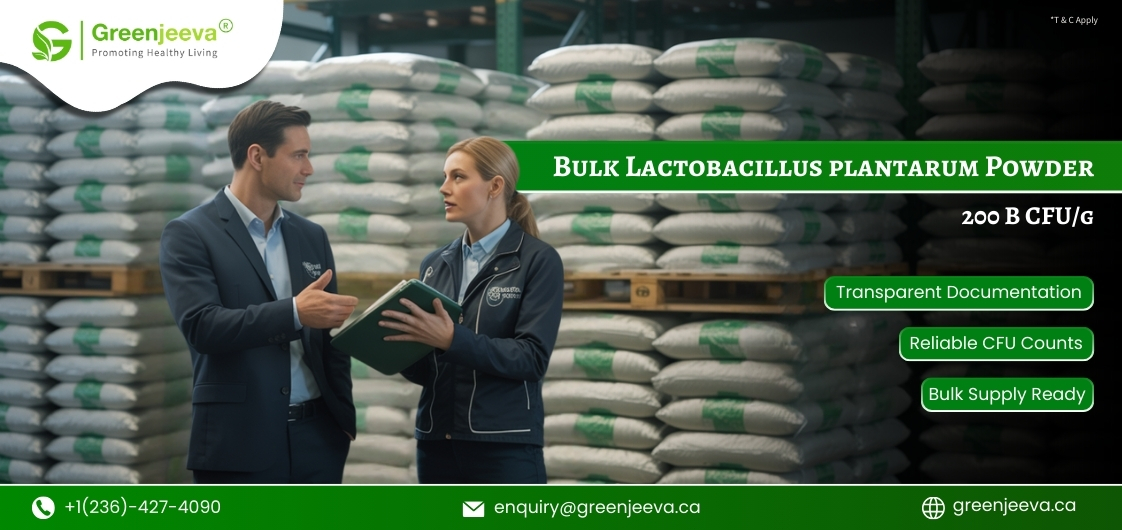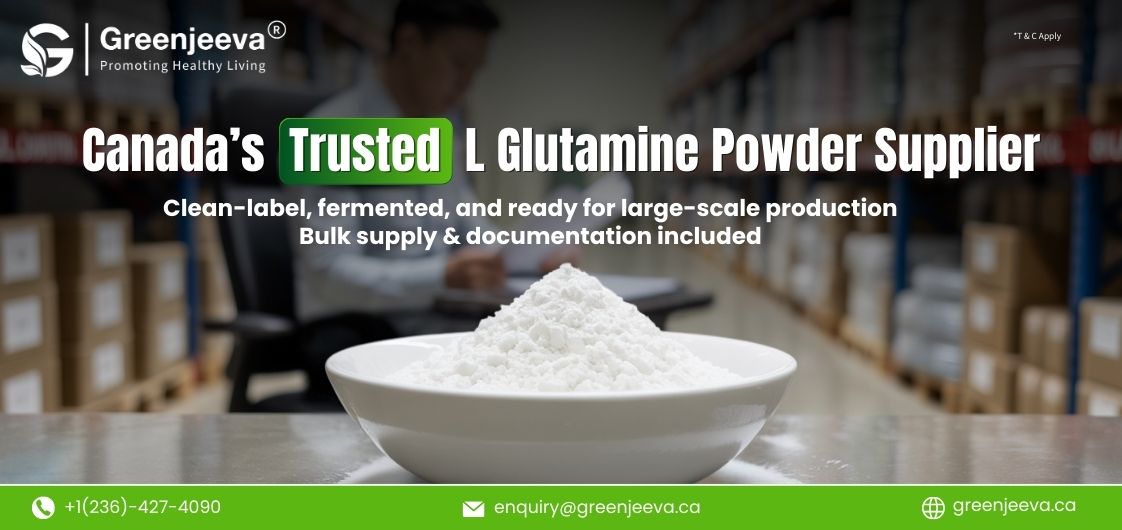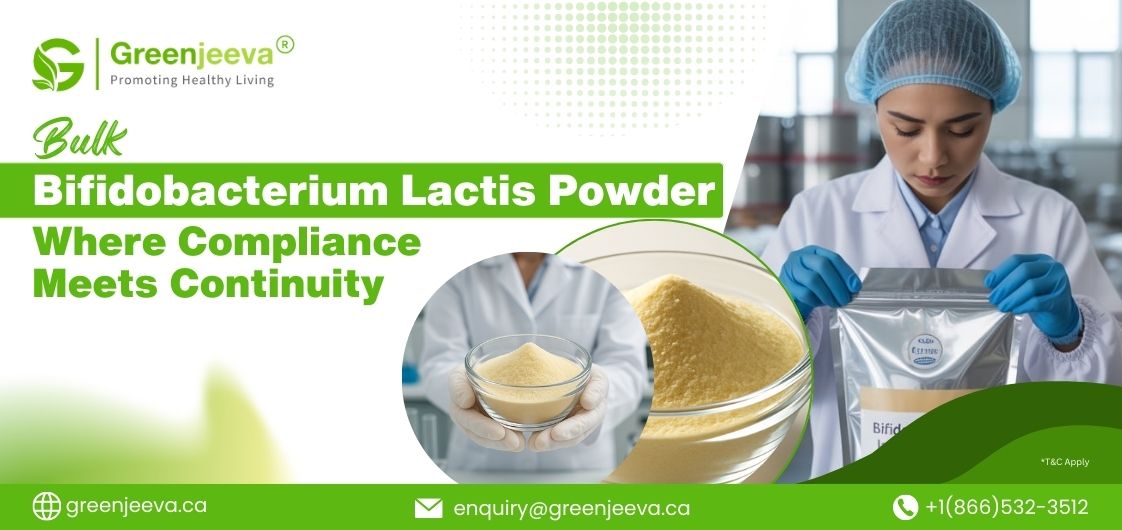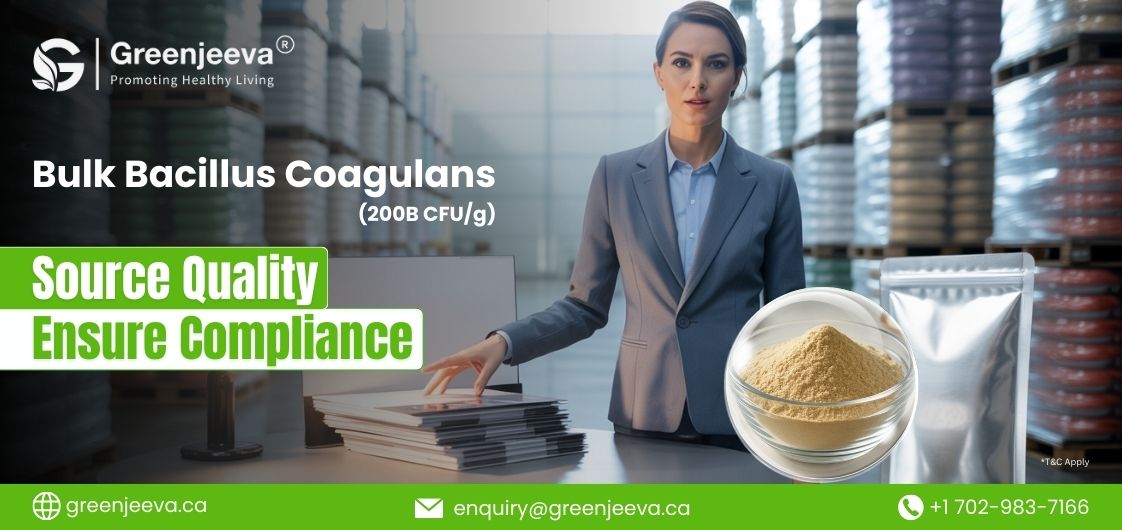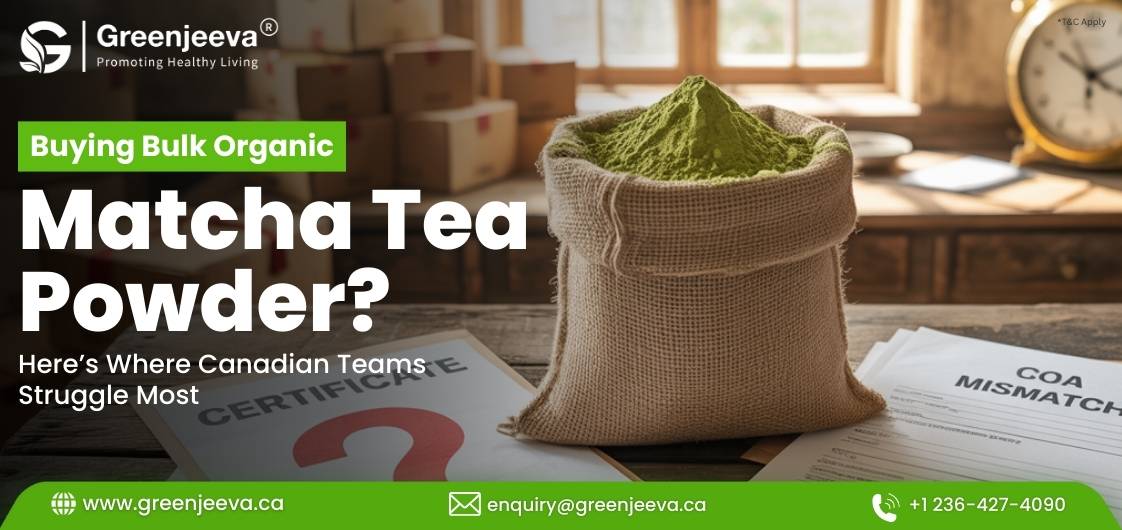It was just another product formulation review meeting—until a team member sighed, “We’ve had three probiotic samples fail stability tests this month.” Heads nodded in agreement. The challenge wasn’t about finding a probiotic—it was about finding one that could survive everything from extrusion to shelf life and still offer value.
Sound familiar?
As the wellness industry accelerates, the expectations for probiotics have expanded. It’s no longer just about gut-friendly strains; the focus has shifted toward survival—through manufacturing heat, harsh stomach environments, and evolving consumer preferences. According to a 2024 FMCG Gurus report, over 63% of consumers now prefer shelf-stable, heat-tolerant probiotics in their daily supplements and snacks. This is a clear signal to formulators: innovation must meet functionality.
Enter Bacillus coagulans 150B CFU/G—a strain built for disruption. In a market where most probiotics crumble under pressure, this resilient spore-forming strain is setting a new gold standard for performance, formulation, and commercial value.
Let’s explore why this specific strain is quietly dominating R&D labs and product lines across nutraceutical, functional food, and clean-label sectors.
Breaking Down the Strain: What Is Bacillus coagulans 150B CFU/G?
Bacillus coagulans isn’t new to science, but the 150B CFU/G variant has reshaped what manufacturers can expect from a probiotic. Taxonomically classified under the Bacillaceae family, this gram-positive, spore-forming bacterium holds the unique ability to withstand harsh environments—making it exceptionally suited for modern formulations.
What sets this strain apart is its spore structure. Unlike traditional strains such as Lactobacillus and Bifidobacterium, which are sensitive to moisture, oxygen, and temperature, Bacillus coagulans forms a protective coat around itself. This allows it to lie dormant through processing and storage, only becoming metabolically active once it reaches the favorable environment of the small intestine.
This feature doesn’t just offer convenience—it opens doors. Manufacturers no longer need to use expensive cold-chain storage, nor do they have to sacrifice dosage levels post-processing. Its long shelf-life, pH tolerance, and resilience during production processes (like spray drying and high-shear mixing) have earned it GRAS status in the U.S. and EFSA recognition in Europe, accelerating its adoption.
In essence, Bacillus coagulans 150B CFU/G is not just a strain—it’s a formulation enabler.
Stability Where It Matters: Heat, pH, and Processing
From oven-baked bars to high-pressure capsules, stability is where most probiotics stumble. But Bacillus coagulans 150B CFU/G delivers where others fall short.
Studies published in the Journal of Food Protection and LWT – Food Science and Technology confirm this strain’s ability to endure processing temperatures exceeding 90°C. Whether it’s extrusion in cereal manufacturing or pasteurization in beverages, the strain maintains its potency. This opens up opportunities to innovate in formats that previously couldn’t include live probiotics.
In terms of pH resistance, this spore-former withstands gastric acid levels as low as pH 2.0. That means it doesn’t just survive the bottle or the snack bar—it reaches the small intestine intact. This bypass capability gives developers more confidence in strain delivery, reducing concerns about capsule coatings or buffering agents.
To contextualize its resilience, compare this with Lactobacillus acidophilus, which often shows viability drops of 30–70% during standard processing. Meanwhile, Bacillus coagulans maintains over 95% of its original CFU in similar trials.
In today’s manufacturing environment—where products move from kitchen bench to large-scale machinery—stability is currency. And Bacillus coagulans 150B CFU/G has become the gold standard.

Product Developer’s Dream: Applications in Foods, Beverages, and Supplements
Versatility is the hidden superpower of Bacillus coagulans 150B CFU/G. Thanks to its stability, this strain can be seamlessly incorporated into:
- Gummies and chewables without the need for specialized encapsulation
- Ready-to-mix powders and protein blends
- Shelf-stable beverages and dairy alternatives
- Snack bars, cereals, and baked goods
- Capsules and tablets, even under high compression
What sets it further apart is its ability to work in both low-moisture and high-temperature formulations. This makes it a perfect fit for brands aiming to innovate in the plant-based, clean-label, and functional foods categories.
Formulators no longer need to compromise between creativity and functionality. With GRAS status and a global track record of use in foods and dietary supplements, the strain aligns with regulatory requirements and clean-label expectations.
In a marketplace that increasingly demands “real” ingredients with multifunctional benefits, Bacillus coagulans 150B CFU/G is enabling that crossover—from supplement aisles to supermarket shelves.
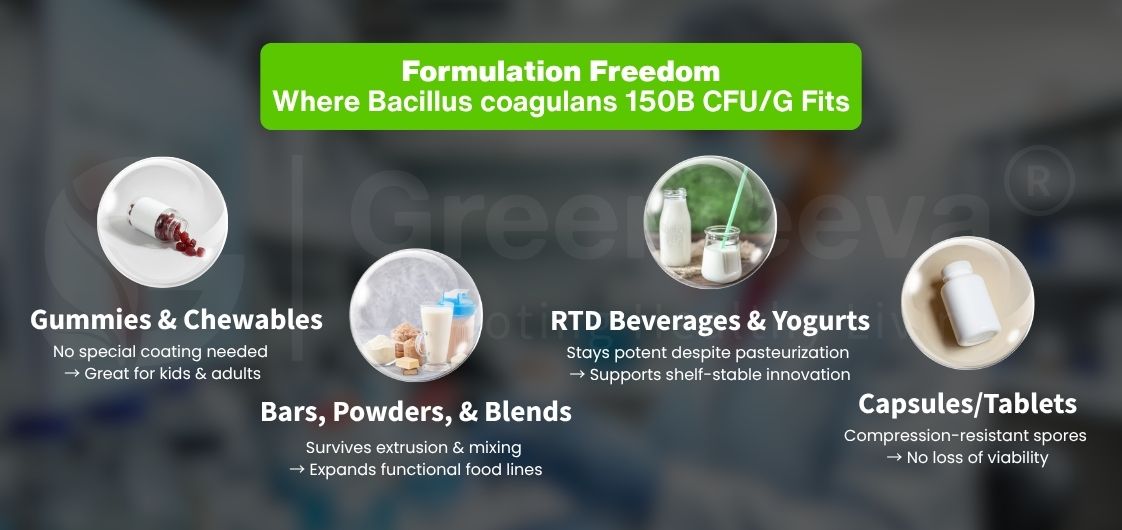
Market Impact: Why Brands Are Choosing 150B CFU/G
In a saturated probiotic space, differentiation is survival. And survival is exactly what Bacillus coagulans offers—both literally and commercially.
Global probiotic market forecasts by Research and Markets project a CAGR of 7.4% through 2028, with shelf-stable and food-integrated probiotics leading the charge. This aligns with a growing trend: consumers want health-forward products that fit their lifestyle—not the fridge.
Leading brands have already embraced Bacillus coagulans in protein shakes, snack bars, and plant-based yogurts. Why? Because it delivers a dependable, label-friendly claim without forcing changes to their existing production lines.
Moreover, “survivability” has become a branding lever. Packaging that highlights the strain’s resilience in high heat or stomach acid provides a clear market edge—especially as label-savvy consumers demand transparency in what actually makes it to their gut.
Simply put, 150B CFU/G isn’t just another ingredient. It’s a story—of reliability, functionality, and forward-thinking formulation.
Sourcing Smart: What to Look for in a Reliable Supplier
With high-performance probiotics, supply chain missteps can be costly. That’s why sourcing goes beyond just the strain—it’s about documentation, verification, and support.
Here’s what formulators and procurement teams should demand:
- Third-party CFU count validation
- Shelf-life studies and batch-wise stability reports
- Certificate of Analysis (COA) transparency
- Proper moisture-barrier packaging to protect spore viability
Partnering with a supplier that understands both regulatory nuance and commercial scale is critical. If you’re reading this internally, Green Jeeva offers a significant edge here. With warehousing in both East and West U.S., and over 400 supply chain professionals supporting VMI and direct fulfillment, we’re equipped to deliver Bacillus coagulans 150B CFU/G with reliability, efficiency, and compliance readiness.
From same-day dispatches to transparent digital documentation, sourcing becomes not just easy—but scalable.
Final Takeaway: The Future Is Resilient
The probiotic landscape is changing. Strains are no longer measured solely by their clinical legacy, but by their ability to thrive in the real world—on shelves, in products, and through digestion.
Bacillus coagulans 150B CFU/G exemplifies what today’s market demands: resilience, flexibility, and proof-backed performance. It empowers formulators to explore broader delivery formats, opens new revenue streams for brands, and builds trust with consumers who want products that actually deliver.
If your next innovation hinges on stability, survivability, and scale—this might just be your strain.



